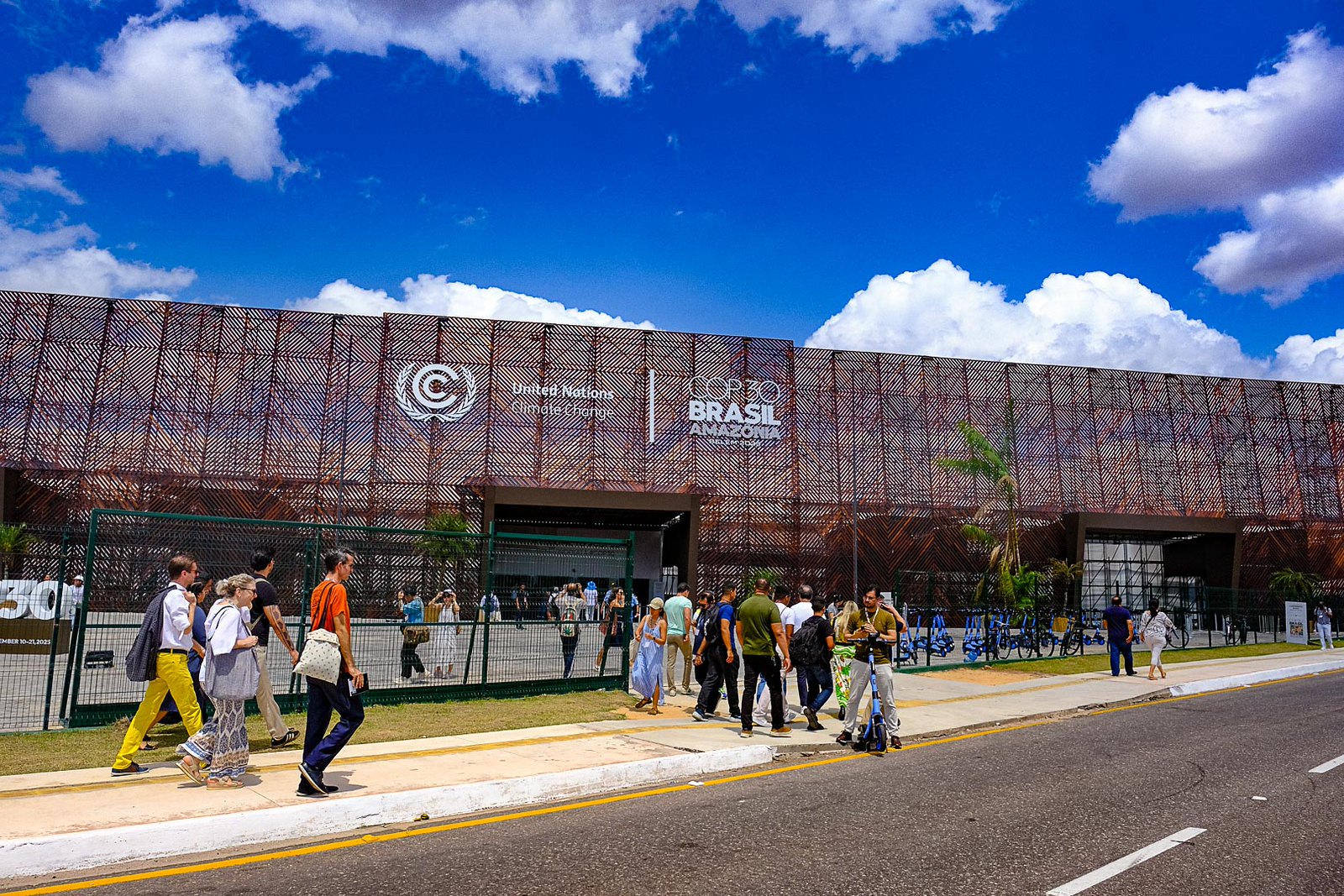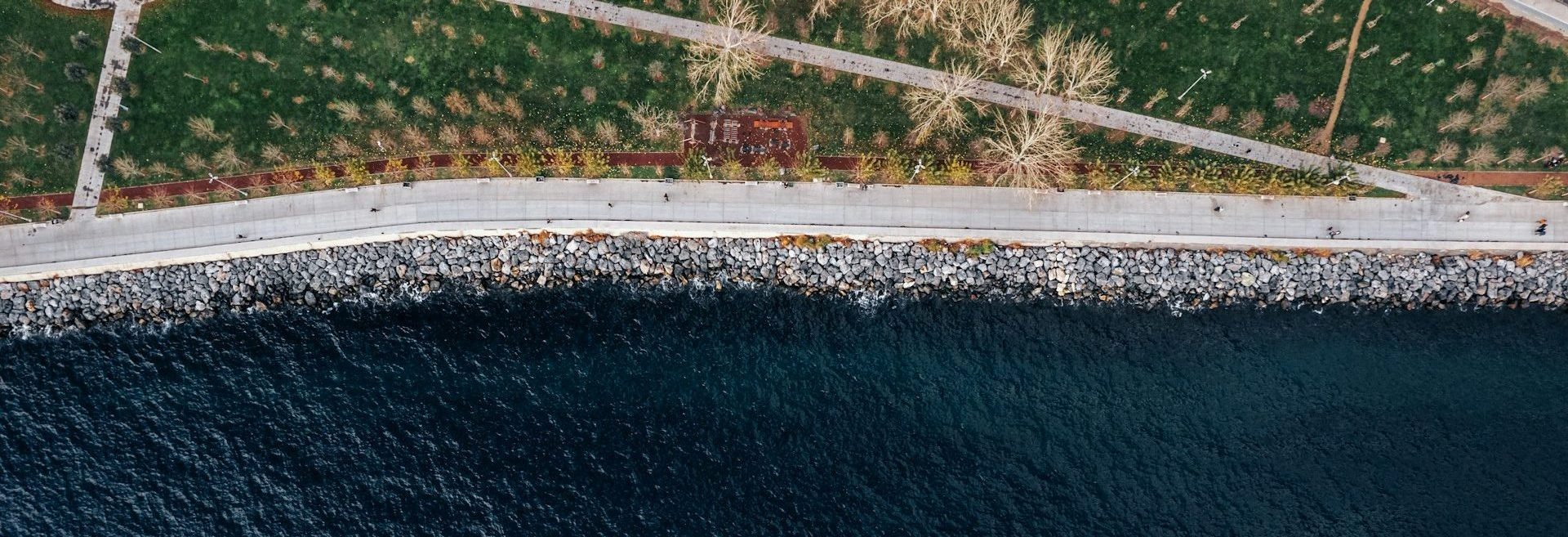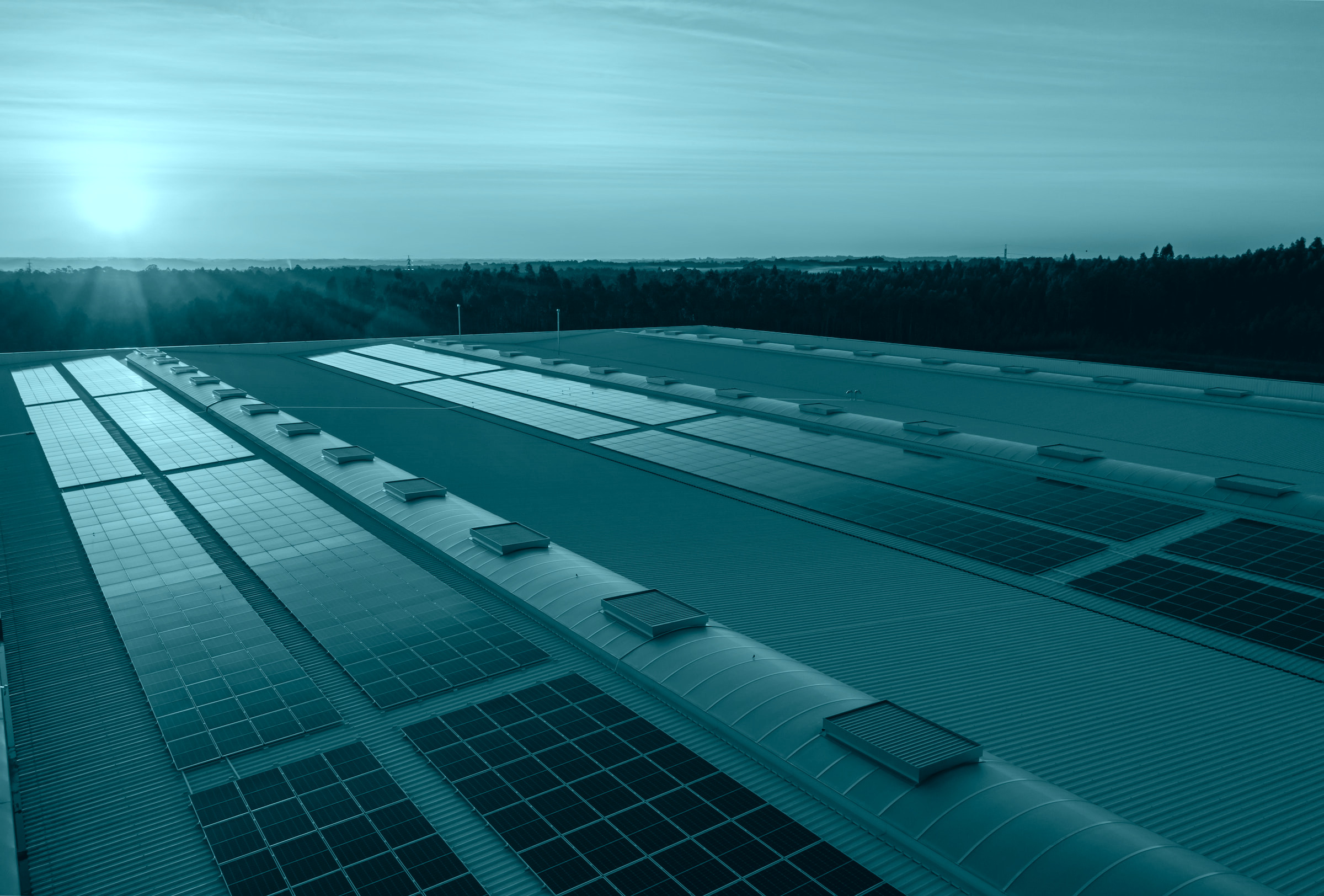From co-benefits to community resilience, the future path outlined by speakers at the European Climate Change Adaptation Conference – ECCA2025 in Rimini is clear: inclusive, people-centered adaptation isn’t just more effective, it’s essential.
Read on for key moments from day two.
Tuesday morning began with a Plenary Session hosted by the EU Mission on Adaptation to Climate Change, focused on the theme: “Bridging the gap for faster action: Bringing together the research community and regions/local authorities.” The session highlighted powerful testimonies from local representatives sharing their efforts to make their territories more resilient through strategic, community-driven approaches. Among the contributors was the Regional Water Authority Rijn & Ijssel (Netherlands), the Adviser on Ecological Transition from the City of Marseille, and representatives from several European projects actively working at the intersection of science, policy, and local engagement.
This was followed by a dedicated session on how to strengthen coastal adaptation in EU regions through the implementation of nature-based solutions (NbS). Through real-world case studies – including in the Venice Lagoon, Tuscany, West Flanders, and Split-Dalmatia County – participants engaged in an interactive discussion on what makes NbS effective, the enabling conditions for their success, and the challenges of scaling them across Europe.
Chaired by Stefano Gamberoni, Deltares, and Elena Allegri, CMCC, the session also featured key contributions from Silvia Torresan, CMCC, who presented the REST-COAST project which uses the Venice Lagoon as a pilot site. The goal of the project is to restore areas that have lost their natural shape and function over time and regenerate important coastal habitats – such as seagrass meadows – by rebuilding the lagoon’s natural landscape so that it can function as it used to.
The restoration happens in two main phases: first by containing and stabilizing damaged areas, and then by refilling them with sediment to support new plant growth. The work includes rebuilding eroded parts of salt marshes, protecting areas at risk, raising low-lying zones, and even creating new sections of marshland.
An important part of the project also focuses on upscaling restoration efforts – such as looking at how NbS can be applied more widely across different coastal areas and evaluating their suitability and scalability under complex, real-world conditions, including multiple climate risks.
This involves considering future climate scenarios, such as sea level rise, and using integrated models to assess the physical, environmental, and risk-related impacts of restoration. The project also explores how to scale up NBS over time and space – evaluating when, where, and how to implement interventions so that they can generate the greatest impact.
Another key session focused on “Accelerating Transformational Change in Europe: A Roadmap for Citizen Engagement in Adaptation,” chaired by Paola Mercogliano, CMCC. This session focused on the critical role of inclusive stakeholder and citizen participation in driving just and effective climate adaptation.
“Engaging people is essential to ensure that adaptation measures are not only implemented but also maintained over time,” said Mercogliano following the session. “When citizens are involved, they help care for these measures and support scaling them up. This engagement builds trust because it means the actions reflect real community needs. Without involvement, people may resist changes they don’t understand, like removing pavement, which can undermine adaptation efforts. Effective adaptation requires that people understand what is being done and why, before and after the measures are put in place.”
The EU-funded Adaptation AGORA project is at the heart of this effort, developing a comprehensive roadmap to scale up citizen and stakeholder involvement across European, national, and regional levels. Central to this effort is the creation of the Community Hub, a dedicated space for networking and sharing best practices among adaptation professionals and communities. To reach diverse audiences effectively, AGORA has developed tailored engagement protocols that adjust communication styles depending on the target group – whether journalists, students, older adults, or vulnerable populations. In addition, the project offers specialized training designed to improve access to reliable climate information and combat misinformation, which remains a major barrier to effective stakeholder participation.
“One of the main challenges is funding citizen engagement and training: this can’t be done entirely on a voluntary basis. We also need tailored approaches to reach different groups, like older adults or vulnerable communities, using specific communication strategies. Another challenge is the multidisciplinary nature of adaptation, which requires collaboration across many fields. At the European level, it’s crucial to ensure continuity beyond individual projects, so that networks and initiatives like Adaptation AGORA can keep supporting local adaptation efforts over time.”
In the afternoon, a session titled “From Rimini to New York: Building Resilient Urban Shorelines” explored how science, design, and technology come together to support coastal adaptation. The panel featured a case study from New York City, where landscape architecture and ecological shoreline strategies are being implemented along the Hudson River. Through a combination of habitat restoration, native plantings, and flood-resilient infrastructure, the project not only combats sea-level rise and coastal erosion but also enhances water quality and creates vibrant green public spaces.
Among the speakers was CMCC’s Giovanni Coppini, who introduced the Digital Twin of the Coastal Ocean, a next-generation system that combines real-time observations and high-resolution models to support fast, informed decisions on coastal risks and resilience.
These include modeling real-world adaptation strategies, such as building barriers, implementing nature-based solutions such as seagrass meadows, and assessing their impact on wave dynamics, coastal erosion, and water quality. In this way the Digital Twin allows planners to “test” interventions virtually before applying them on the ground – an essential tool when considering that millions in infrastructure investment and ecosystem protection are at stake.
In Rimini, CMCC is also working with local authorities on a pilot project using a low-cost sensor to monitor marine parameters. The system is designed to be relocatable, affordable, tailored, and powerful, with a particular emphasis on supporting vulnerable coastal regions like the Caribbean, Gulf of Guinea, and Bangladesh, where early warning systems, pollution modeling, and climate-informed restoration planning are needed. Coppini emphasized that beyond technology, CMCC is committed to community engagement, local education, and interdisciplinary collaboration.
Through global efforts like the GlobalCoast network, CoastPredict’s framework for implementation, with over 130 pilot sites worldwide, CMCC is leading a new wave of transformative coastal science, accessible through an open-source cloud platform aimed at making cutting-edge climate solutions available to all, especially the Global South, and engaging local communities with citizen science initiatives.
“We want to develop a system that is integrated, relocatable, affordable, tailored, and powerful, because coastal adaptation is a complex challenge, and solutions must be accessible, especially for the Global South,” said Coppini. “It’s not just about technology, it’s about engaging communities, building knowledge, and making science usable for real decisions.”






